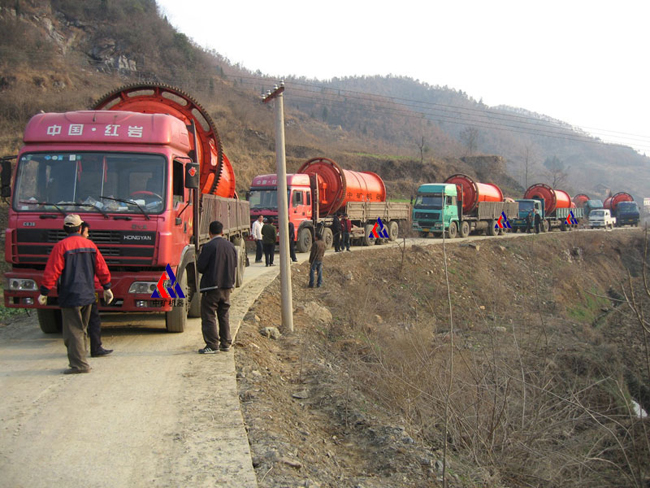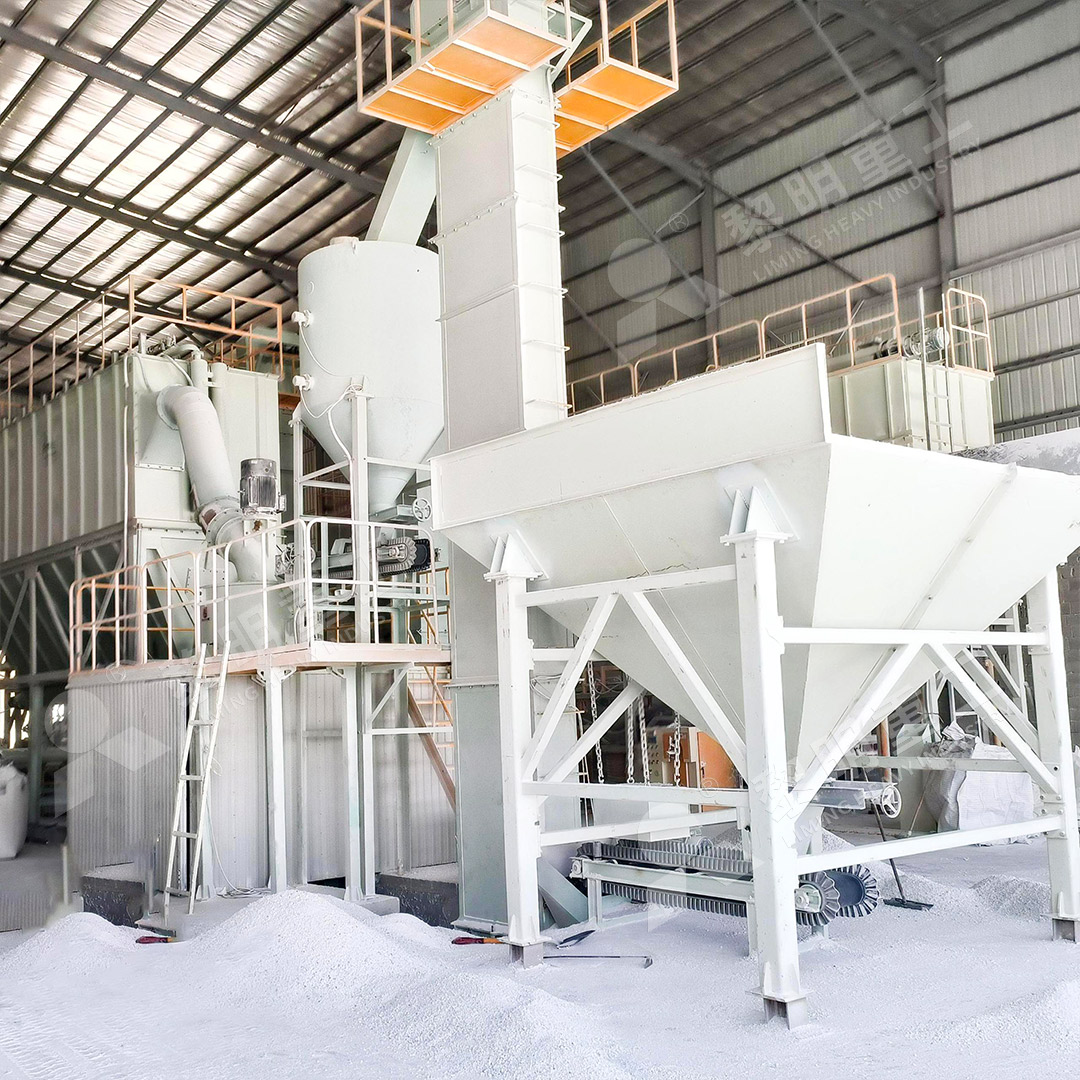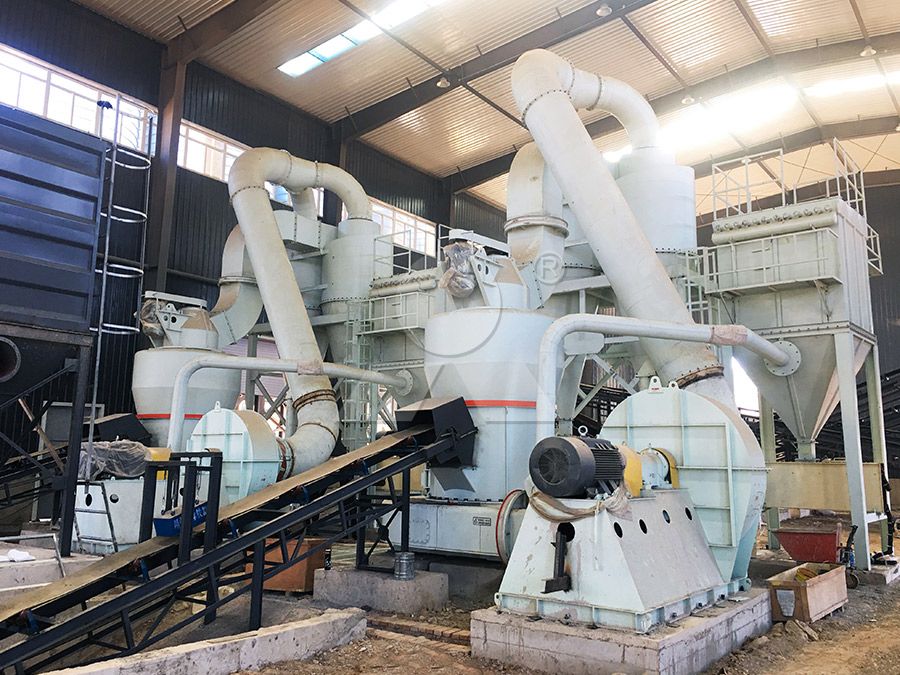Can an Iron Ore Grinding Mill Replace a Ball Mill in Practical Applications?
Can an Iron Ore Grinding Mill Replace a Ball Mill in Practical Applications?
In mineral processing operations worldwide, engineers and plant managers constantly evaluate equipment choices to optimize productivity and reduce operational costs. One question that frequently arises is whether modern specialized grinding mills can effectively replace traditional ball mills for specific applications like iron ore processing. The answer requires careful consideration of technical specifications, operational efficiency, and economic factors.
Ball mills have been the workhorse of mineral grinding operations for decades, offering reliable performance and straightforward operation. Their rotating cylindrical structure filled with grinding media provides consistent particle size reduction through impact and attrition. However, this traditional approach comes with significant limitations in energy efficiency, footprint requirements, and operational flexibility.

The Evolution of Grinding Technology
Modern grinding technology has advanced significantly beyond the basic ball mill design. Contemporary mills incorporate sophisticated engineering principles that deliver higher efficiency, reduced energy consumption, and more precise particle size control. For iron ore applications specifically, where processing volumes are substantial and energy costs represent a major operational expense, these improvements can translate to meaningful competitive advantages.
The fundamental difference lies in the grinding mechanism. While ball mills rely on cascading grinding media to crush material through impact, advanced mills utilize compression grinding between rotating elements and stationary surfaces. This approach generates less heat, reduces overgrinding, and consumes significantly less energy per ton of processed material.
Technical Considerations for Iron Ore Applications
When evaluating mill replacement for iron ore processing, several technical factors must be considered. Iron ore’s abrasive nature demands robust construction and wear-resistant materials. The required product size distribution varies by downstream process – from coarse grinding for beneficiation to fine grinding for pelletizing. Additionally, moisture content and feed size distribution impact mill selection.
Modern vertical grinding mills and specialized trapezium mills have demonstrated excellent performance in iron ore applications. Their design allows for simultaneous drying and grinding, which is particularly valuable when processing moist iron ores. The controlled retention time in these mills prevents overgrinding of valuable iron minerals while ensuring liberation of gangue materials.

Introducing the MW Ultrafine Grinding Mill
For operations requiring ultra-fine iron ore powders, our MW Ultrafine Grinding Mill presents a compelling alternative to traditional ball mills. With an input size capacity of 0-20 mm and throughput ranging from 0.5-25 tph, this machine is specifically engineered for customers who need to produce ultra-fine powder efficiently.
The MW Ultrafine Grinding Mill incorporates several innovative features that make it particularly suitable for iron ore applications. Its higher yielding and lower energy consumption characteristics stem from newly designed grinding curves of the grinding roller and grinding ring, which enhance grinding efficiency significantly. Compared to ball mills, the production capacity is twice as large with system energy consumption reduced to just 30% of jet grinding mill equivalents.
Another notable advantage is the adjustable fineness between 325-2500 meshes, achieved through German cage-type powder selector technology. This precision in powder separation allows iron ore processors to target specific particle size distributions optimal for their downstream processes. The absence of rolling bearings and screws in the grinding chamber eliminates concerns about bearing damage or machine failure due to loose screws, enhancing reliability in continuous 24-hour operations common in iron ore processing.
Operational and Environmental Benefits
Beyond pure grinding efficiency, modern mills offer substantial operational advantages. The compact footprint of vertical mills and specialized designs like the MW Ultrafine Grinding Mill can reduce installation space requirements by up to 50% compared to equivalent-capacity ball mills. This space savings translates to reduced construction costs and more flexible plant layouts.
Environmental considerations increasingly influence equipment selection. The MW Ultrafine Grinding Mill’s efficient pulse dust collector ensures no dust pollution during operation, while silencers and noise elimination rooms reduce acoustic impact. These features help iron ore processors meet increasingly stringent environmental regulations while maintaining community relations.
Maintenance requirements also differ significantly between technologies. Traditional ball mills demand regular liner replacements and grinding media replenishment, creating ongoing operational expenses and downtime. Modern designs like our MW series minimize these requirements through innovative construction and external lubrication systems that allow maintenance without shutdowns.

Economic Considerations
The decision to replace ball mills with modern alternatives involves comprehensive economic analysis. While initial investment may be higher for advanced grinding systems, the total cost of ownership often favors newer technology. Energy savings of 30-50% directly impact operating costs, while reduced maintenance requirements and higher availability contribute to improved overall economics.
For iron ore processors, product quality improvements can also justify equipment upgrades. More consistent particle size distribution and reduced iron contamination from grinding media wear enhance product value in downstream applications. The ability to precisely control fineness allows optimization of beneficiation recovery and pellet quality.
Implementation Strategy
Transitioning from ball mills to modern grinding technology requires careful planning. Many operations implement new mills in parallel with existing equipment, gradually shifting production as confidence in the new technology grows. This approach minimizes risk while allowing operators to gain experience with the new equipment.
For specific applications requiring ultra-fine iron ore powders, our MW Ultrafine Grinding Mill has demonstrated successful replacement of ball mills in multiple installations. Its combination of higher efficiency, lower energy consumption, and operational reliability makes it particularly suitable for iron ore processors seeking to modernize their grinding circuits.
Frequently Asked Questions
Q: Can modern grinding mills completely replace ball mills in iron ore processing plants?
A: In many applications, yes. Modern mills like the MW Ultrafine Grinding Mill offer superior energy efficiency, smaller footprint, and better particle size control. However, the specific application requirements should be evaluated case by case.
Q: What are the main advantages of the MW Ultrafine Grinding Mill over traditional ball mills for iron ore?
A: Key advantages include 40% higher production capacity, 30% lower energy consumption, adjustable fineness between 325-2500 meshes, and no rolling bearings in the grinding chamber that could cause maintenance issues.
Q: How does the MW Ultrafine Grinding Mill handle the abrasive nature of iron ore?
A: The mill features specially designed wear-resistant materials and grinding curves that withstand abrasive iron ore while maintaining efficiency. The absence of screws in the grinding chamber eliminates points of failure common in other designs.
Q: Can the MW Ultrafine Grinding Mill integrate with existing ball mill circuits?
A: Yes, the mill can be integrated as a replacement or supplement to existing circuits. Its compact design often allows installation in spaces previously occupied by multiple ball mills.
Q: What downstream benefits might iron ore processors see from switching to more advanced grinding technology?
A: Benefits include more consistent particle size for improved beneficiation recovery, reduced iron contamination from grinding media, lower operating costs, and better environmental performance through reduced dust and noise emissions.
